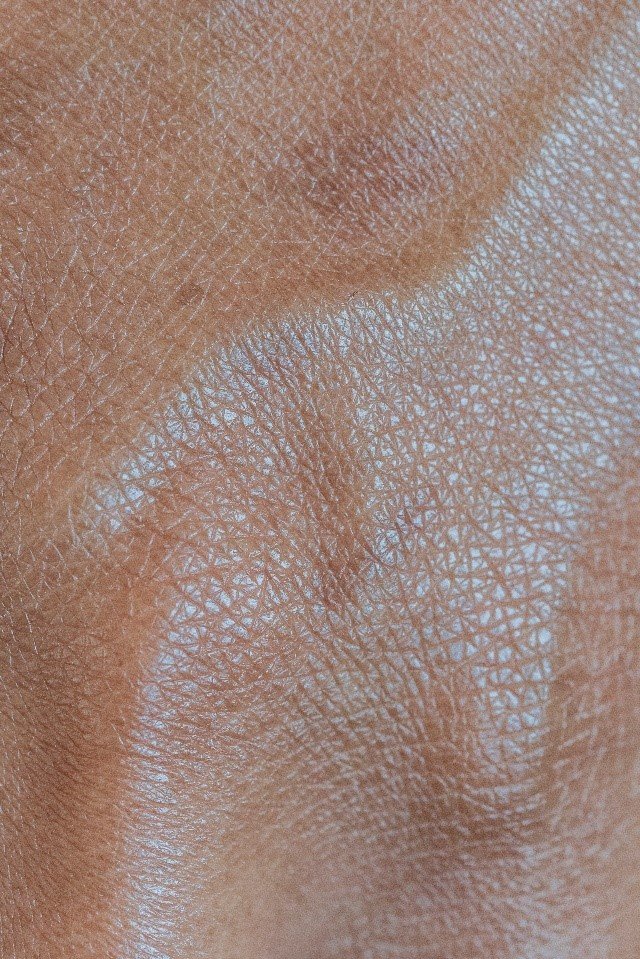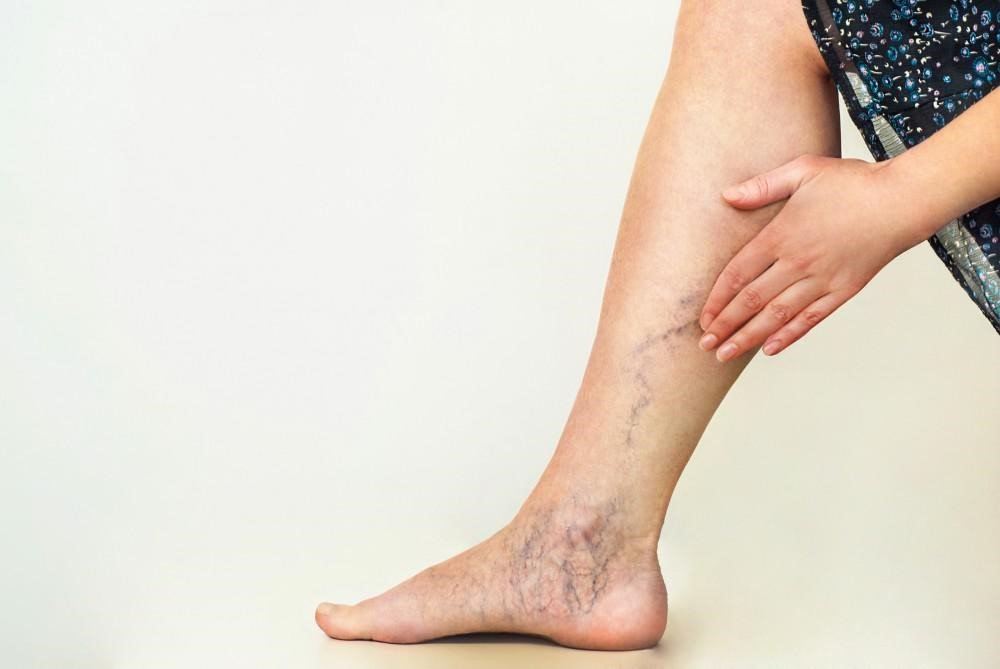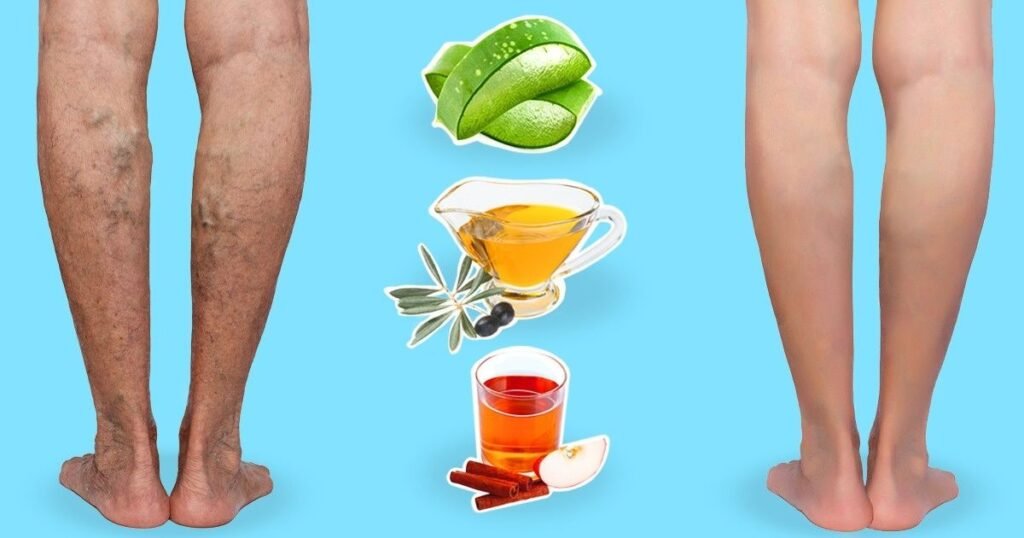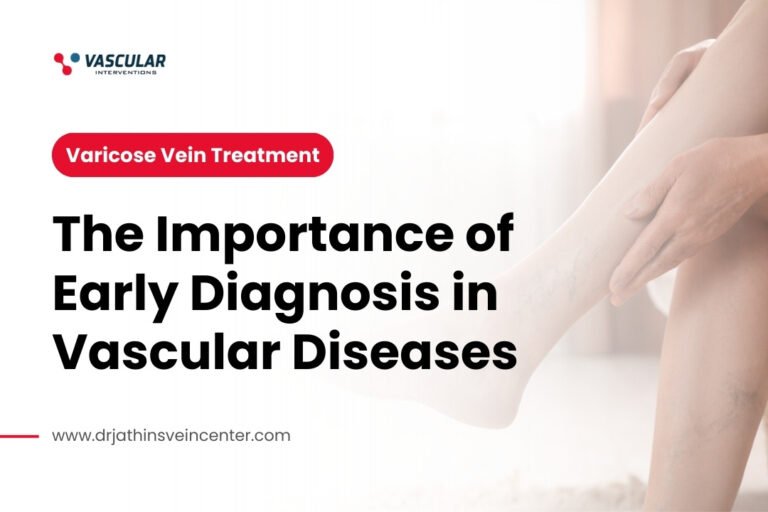What are Veins and Why We Need Them?
Veins are the blood vessels in the legs that carry blood to the heart. They have one-way valves that prevent backflow. The veins are aided by muscles, which help them by tightening when we stand or walk. Veins are also responsible for pushing blood back to the rest of our bodies. These vessels have valves that prevent the backward flow of blood. They can become damaged over time and cause problems with their strength or elasticity so they can’t push blood through them very well.
Veins are necessary because they carry oxygen-rich blood from your heart back to your body’s organs and tissue where it is needed most. Without it, you would suffer from anemia, which is a lack or shortage of healthy red cells in your bloodstream. The word anemia derives from the Greek word “a-,” which means without, and “haima,” which means blood. Without blood clots, the body cannot receive the nutrients it needs to function properly. The lack of red cells in your bloodstream can lead to fatigue, shortness of breath, and other symptoms.
Symptoms of Damaged Veins

Venous disease is a chronic and progressive condition that occurs when there is a blockage in the veins, which hinders the flow of blood from the lower parts of the body. The condition may lead to leg edema, pain, skin changes, and other symptoms. These symptoms may cause a person to feel tired and uncomfortable all the time. The best course of treatment for venous disease is to get it treated before it worsens. Venous disease can be an uncomfortable and debilitating condition that can interfere with your life and prevent you from living a normal and fulfilling life. Different people might experience different symptoms and some people may not have any symptoms at all.
Venous disease is a condition where the veins in the body become damaged and inflamed. There are many ways to manage venous disease before it advances to chronic venous insufficiency or other complications.
Damage can happen for many reasons, such as genetics or lifestyle. This condition is most commonly caused by long periods of sitting, standing, or lying down which causes blood to pool in the body’s lower extremities and causes the valves to become stretched and weakened. The most common symptom of damaged veins is swelling or edema in the legs or ankles, which is accompanied by aching, throbbing pain.
Vein problems can be difficult to notice. That’s why it’s important to be proactive and take care of your health. One sign of problems is discoloring on the legs from varicose, spider veins on the legs from thinning blood vessels, from insufficient blood flow, or ulcers that form in the leg when there is too much pressure.
Causes of Damaged Veins

Veins are the blood vessels that carry blood back to the heart. They can become damaged due to a number of reasons, including obesity, aging, lack of exercise, and pregnancy. Damage is called venous insufficiency which means that they don’t function as they should. The condition can cause aching or cramping in your legs and may also cause heavy tiredness or achiness.
The human body changes as it ages. A lot of this has to do with the veins in your body. They are not as elastic as they used to be, which contributes to vein damage. They start shrinking and narrowing which makes them more likely to rupture. This means that the flow of blood is restricted to certain areas which can cause problems like leg edema or varicose veins. This damage can lead to a variety of issues including varicose, blood clots, and increased risk for heart disease.
Two other common causes of vein damage are obesity and aging. Our veins get damaged when they have to work harder than they should because it is carrying too much weight or because their walls have shrunk due to age.
Treating Damaged Veins Naturally

Many people believe that the only way to stop varicose from coming back is to have a surgical procedure. However, there are a number of ways to treat these veins naturally. You can wear compression stockings, do massage therapy, and so on. For those who don’t want surgery or other treatments but still want to get rid of their varicose, there are also natural remedies for such as exercising, keeping hydrated, and getting a good night’s sleep.
Varicose veins are a common ailment, and they can be very painful. However, there are some great natural treatments for varicose veins that have been proven effective by medical institutions all over the world. One such treatment is to use leg bandages to reduce the swelling and promote healthy circulation in the veins.
These are some of the treatments:
– Compression stockings
– Venous foot pump
– Varicose vein surgery.

